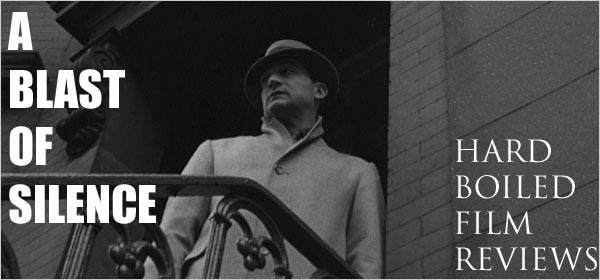
A zither begins to play. A tour of post-war Vienna is given by a British police officer with a voiceover beginning “I never knew the old Vienna”. This is how the memorable The Third Man gets its feet off the ground.
And this memorable introduction is just the beginning of one of the most remarkable and mysterious films in the history of cinema. The British film noir, directed by the overwhelmingly underrated Carol Reed, has been talked about constantly in the 60 years since its release, and for good reason.
The Third Man is noir at its finest. Holly Martins (Joseph Cotten) arrives in Vienna only to find out that the friend Harry Lime (Orson Welles), who invited him there, is dead. Martins dives deeper into the question of accident or murder by digging up all possible information and sources he can.
Film director Peter Bogdanovich puts it best. While entirely debatable, he likes to call The Third Man the best non-auteur film ever. This meaning the best culmination of talents, rather than a film that was being written and directed by the same person who also applies his or her distinct style to the film, like many films by the likes of Ingmar Bergman or Jean-Luc Godard.
The Third Man is a lot of artists at the tops of their game. The culmination of talent in The Third Man starts with Graham Greene’s screenplay. Greene used his novella of the same name to create the atmosphere, characterization and story for the screenplay that ends up bleeding from the film. His mysterious noir story was originally intended only as source material for the screenplay before it was published as a full novella.
The trend in talent continues to the screen with great performance after great performance. Orson Welles is, as writer Luc Sante says, the ghost in the machine for The Third Man. Alluded to constantly, referenced in the title and the most powerful and moving performer in the film, Welles is at his most mystifying in his limited time on screen. The banter between Welles and the perfectly American Joseph Cotten, two often on screen partners, is at its highest during the Ferris wheel scene in which Welles even added his own now famous line of dialogue to the script.
Acting doesn’t end with Cotten and Welles. The whole entire cast triumphs greatly and are key in making The Third Man what it is. Alida Valli is very dame while Trevor Howard is the cunning Major Calloway, the man running the investigation. Each performance, whether it is large or small, adds to the film in a major way.
The final key to the success of The Third Man is its director, Carol Reed. Vienna was such a beautifully photographable city in the time of this film. The damp, wet shots of the streets and buildings at night are evidence of the ability to make Vienna stand out as another character in the film. The black and white style of the film noir hides the pain the post-war city might have leaving viewers with only the mystery of the city.
The best example of all this is the film’s conclusion that takes viewers from city streets to suffocating sewers. In an attempt to leave the film’s all too good mystery as alive and well as possible I will only comment on the finale as being tense and dazzling and has made for some of the best and most impressive chiaroscuro moments in the film noir genre. It’s both visually arresting and an absolutely satisfying finish to the film.
The Third Man is one of the greatest films ever made. I’m a believer of this and so are many others. Whether it is Orson Welles’ limited yet captivating performance or Anton Karas’ unmistakable and perfectly suitable zither score, The Third Man is a timeless film entrenched in many minds for many reasons and will be stuck in the minds of many newcomers for many years to come.
The Third Man will be shown on Monday, March 16 at Real Art Ways. The special early screening will be at 1:30 pm with a discussion following the film. For more information, visit www.realartways.org.




No comments:
Post a Comment